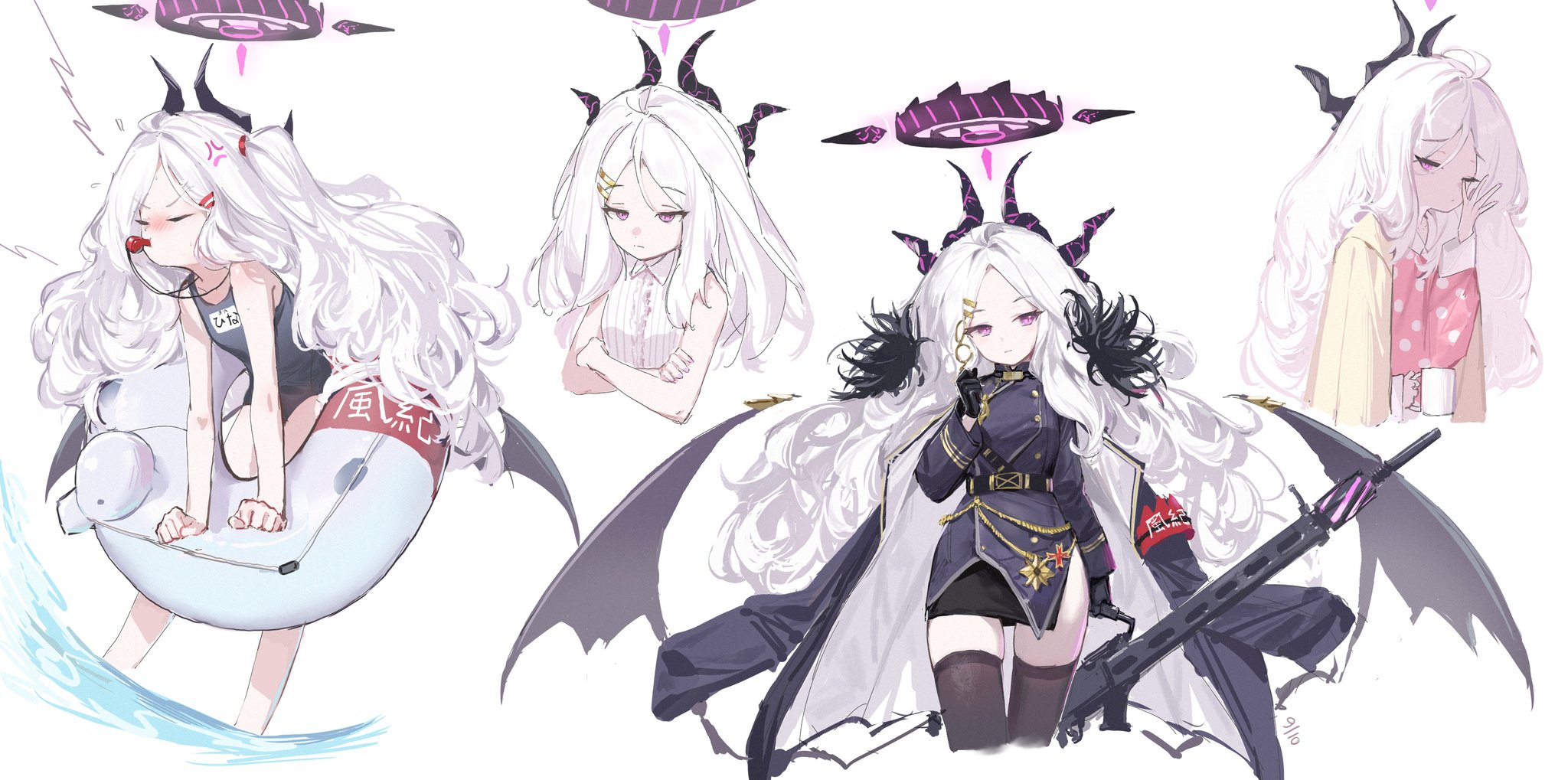

If you’re not sure about what these identities mean, you can learn more here.In a statement posted to the campaign’s Kickstarter page, Quasar said the goal was to emphasize “what is important in our current community climate,” namely the inclusion of Black, Brown, and trans people long marginalized by the mainstream LGBTQ+ movement. LGBTQIA+ Identity Flagsīeyond the rainbow flag that represents the whole community, there are also pride flags that represent specific identities within the LGBTQIA+ community – like the lesbian flag, bisexual flags, or transgender flag. Whichever flag you do choose to use, ensure that it authentically aligns to your practice, and that you can demonstrate genuine inclusion for the communities that the flag represents. If you're unsure, the original rainbow pride flag works very well. This can sometimes feel at odds with the more recent versions of the pride flag, which are frequently used by individuals from intersectional backgrounds and those who are newer to the pride movement, like young people and businesses. Pride flags are personal, and due to the long history of the original pride flag, many within the LGBTQIA+ community have personal experience and connection to the original version – and that’s completely valid. Well, that’s up to you and your community. Use the Progress Pride flag if you or your group have a deep knowledge of LGBTQIA+ inclusion and allyship and if you are collectively passionate about visible inclusion for POC and trans identities. The Progress Pride Flag is an eight-stripe version of the rainbow pride flag, with five stripes in a chevron design added to the original rainbow – black and brown stripes to represent people of colour, and pink, blue and white stripes to represent the trans community. In 2018, the original rainbow flag was updated by graphic designer Daniel Quasar to reflect the diversity of the LGBTQIA+ community. You might recognise the Progress Pride flag as having grown in popularity over the past few years. Use this flag if you or your organisation shares a passion or strategic priority for the inclusion of people of colour. The design features a black and brown stripe at the top to represent people of colour. Otherwise known as the Rainbow POC (People of Colour) flag, the Philadelphia Pride Flag was designed by the city of Philadelphia and unveiled in 2017 at the city's pride celebration. More recently, alternative designs have been created to represent specific communities or intersectional identities.These are a great option if you want to signal your allyship to a specific group. It’s a design that is now so ubiquitous, it’s shorthand for pride and allyship. If you’re unsure about which flag to use, the original rainbow flag works great. The hot pink and indigo stripes were soon removed to simplify the flag and make it easier to create and wear during pride rallies and marches. From top to bottom, the stripes represented hot pink (for sex), red (for life), orange (for healing), yellow (for sunlight), green (for nature), indigo (for art/harmony), and violet (for spirit). The flag originally featured eight stripes, each of which represented something different. The original rainbow pride flag was designed in 1978 by Gilbert Baker, an openly gay artist and activist. This rainbow flag serves to signal pride - or allyship - to represent the entire LGBTQIA+ community. You’ll recognise this flag as the “original” rainbow pride flag. Here’s a run down of the most popular flags and what they mean today. More recently, variations of the rainbow flag have become popular, and it can be difficult to know when to use each variation, or even which is the “correct” one to use. The rainbow flag was created as a symbol of LGBTQIA+ pride and identity, and has since been used by millions of people around the world to signal safety, allyship and inclusion.


 0 kommentar(er)
0 kommentar(er)
